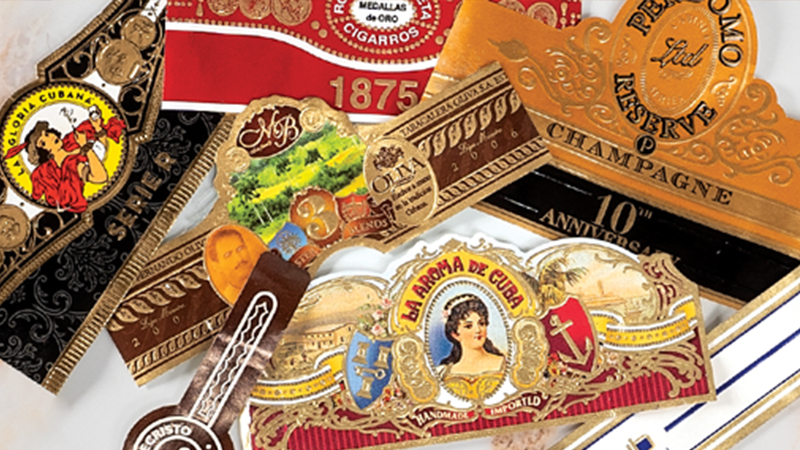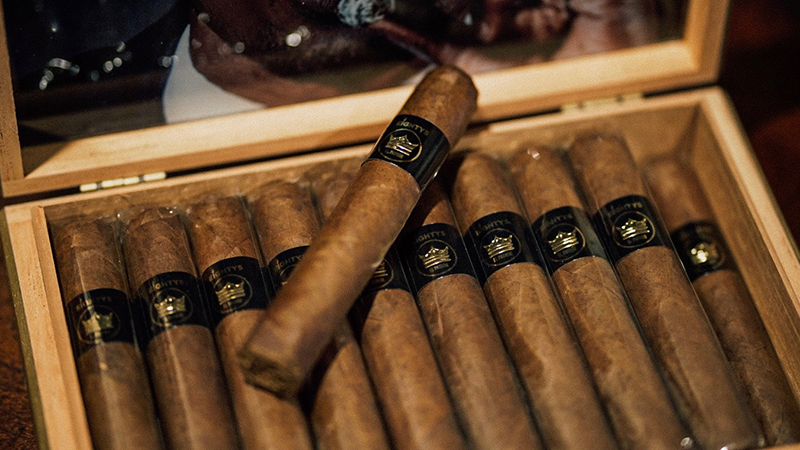
The use of cigar bands on cigars has been around for centuries, but their exact origin is something of a mystery.
It is believed that the practice of using cigar bands began in the 1500s, when the Spanish Crown began to require that all exported tobacco products be identified with a band or label. This was done to protect the country’s tobacco industry, which was highly profitable at the time.
Since then, cigar bands have served as a way to identify a particular cigar. In the late 1700s, it was common for cigar companies to place their brand name on the band, in order to differentiate their product from others. This practice continues today, with many cigar companies using bands to advertise their brand and to set themselves apart from their competitors.
Cigar bands also offer a convenient way to keep track of a cigar’s origin and history. By noting the date and place of origin, cigar enthusiasts can easily determine how old a cigar is, as well as its country of origin. This can be especially helpful for collectors, who often seek out cigars from certain countries or regions.
In recent years, cigar bands have become a fashion accessory as well. Many cigar aficionados enjoy collecting cigar bands, which often feature colorful designs or artwork. Some companies even produce special editions of bands, which can be highly sought after by collectors.
Overall, cigar bands have been an integral part of the cigar industry for centuries. They serve as a way to identify a particular cigar and its origin, as well as a fashion accessory that can be collected and enjoyed. Whether you’re a cigar enthusiast or just someone looking for a unique way to identify their cigar, the cigar band is an essential part of the cigar experience.
Also read: A brief history of the wooden cigar boxes

